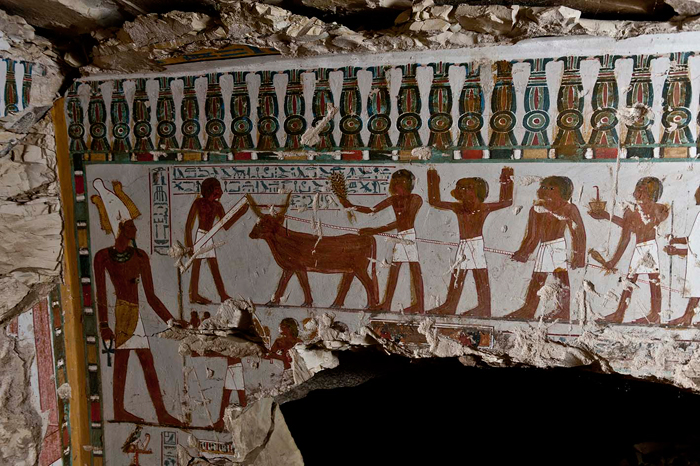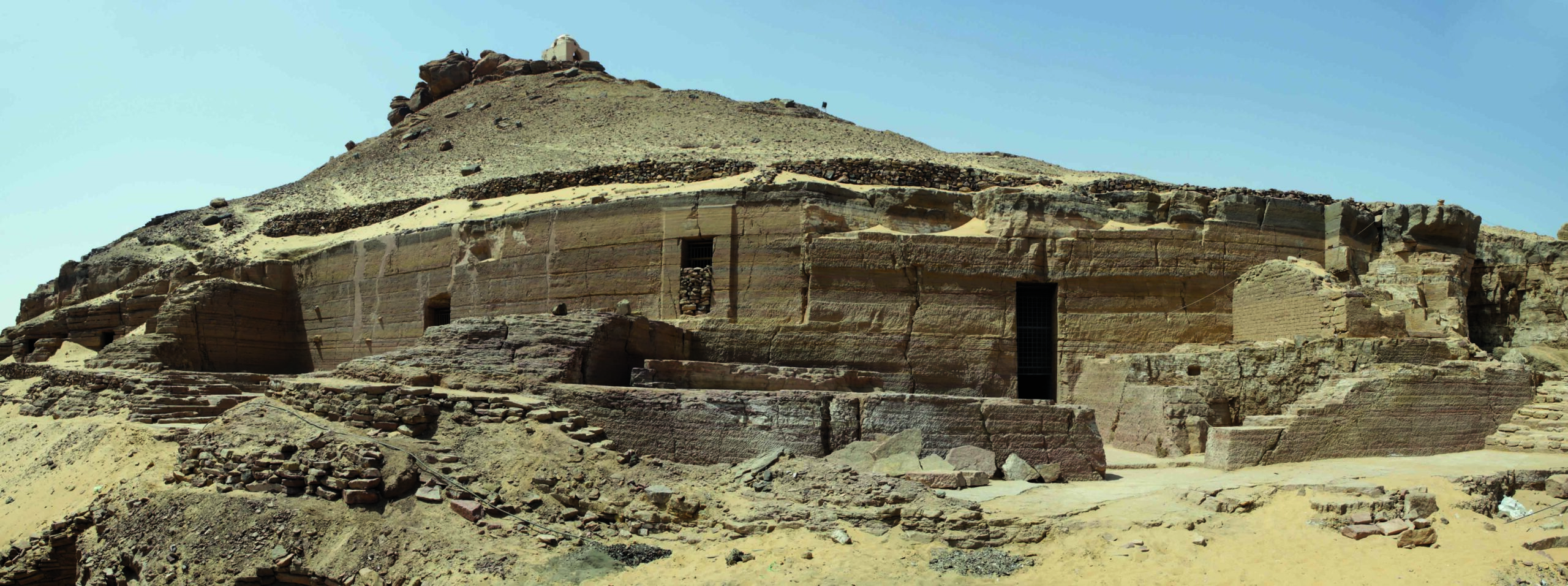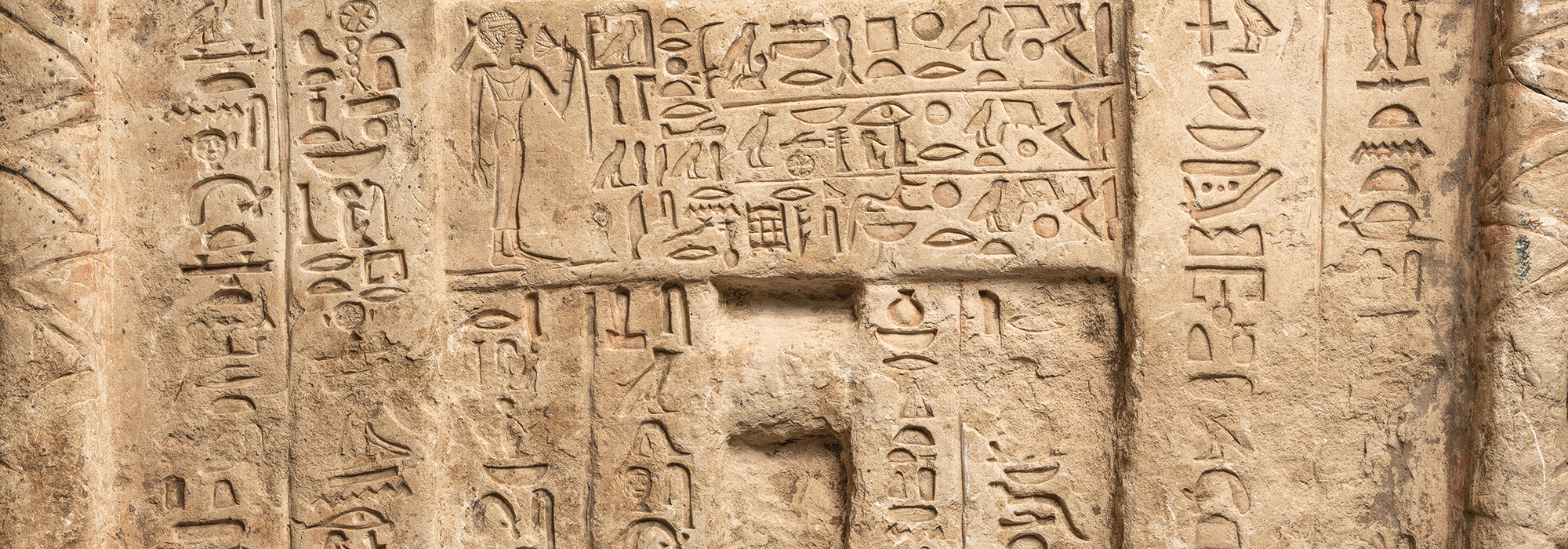
CAIRO, EGYPT—A tomb dating to the 18th Dynasty has been discovered by a team from the American Research Center in the Gorna necropolis on Luxor’s west bank. The t-shaped tomb has two large halls and an unfinished small niche at one end. A side room has a shaft that “could lead to the burial chamber,” Minister of Antiquities Mamdouh el-Damaty told Ahram Online. The walls of the tomb, which was looted and damaged in antiquity, are decorated with paintings of hunting scenes and images of the tomb’s owner, a guard of Amun’s gate, and his wife in front of an offering table. Some of the scenes and hieroglyphic texts, including the name of the god Amun, had been erased. Soltan Eid, director of Upper Egypt Antiquities, explained that this may have been done during the reign of the monotheistic king Akhenaten. For more on this period in Egyptian history, see "Hieroglyphs Shed Light on Akhenaten's Rule."










